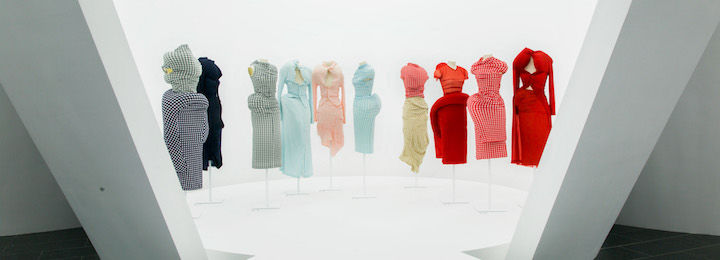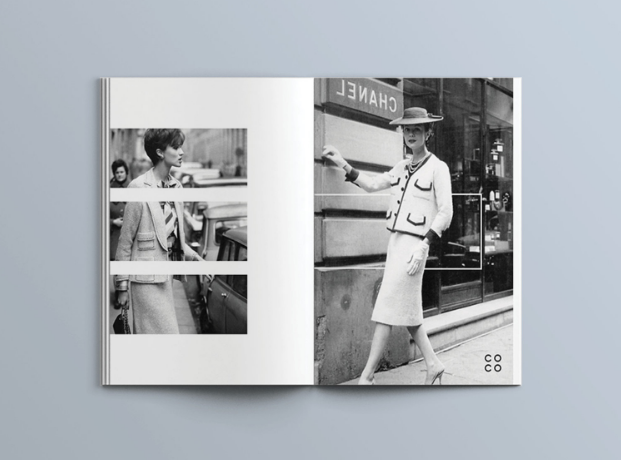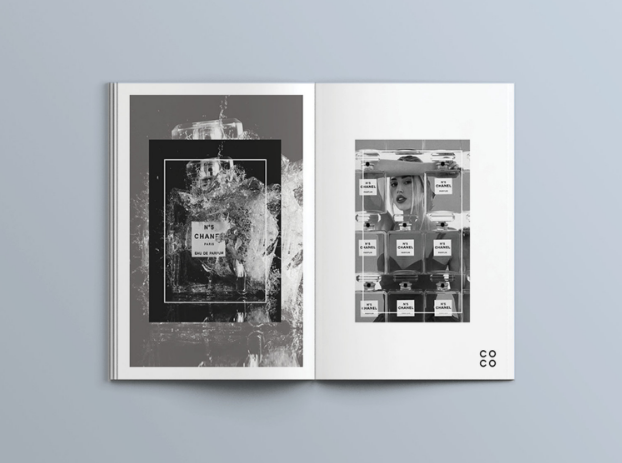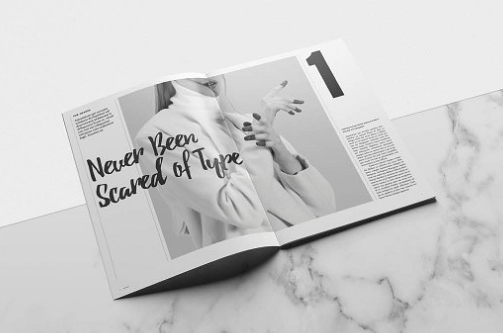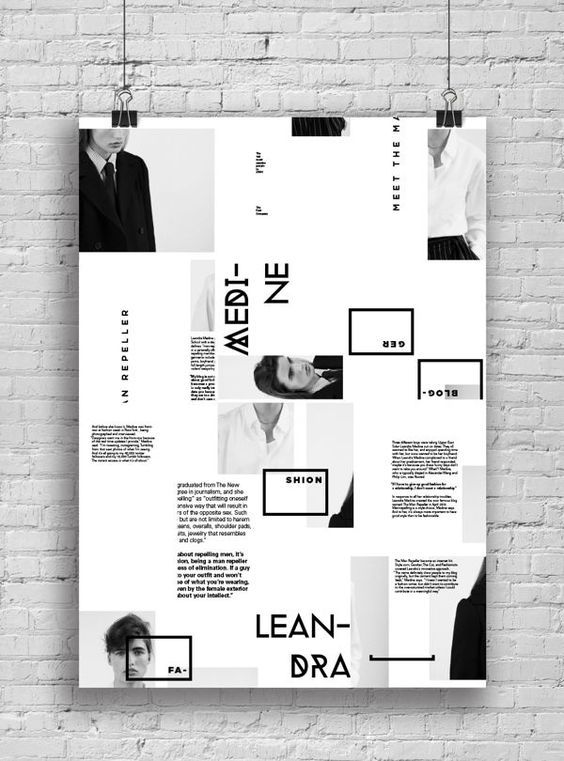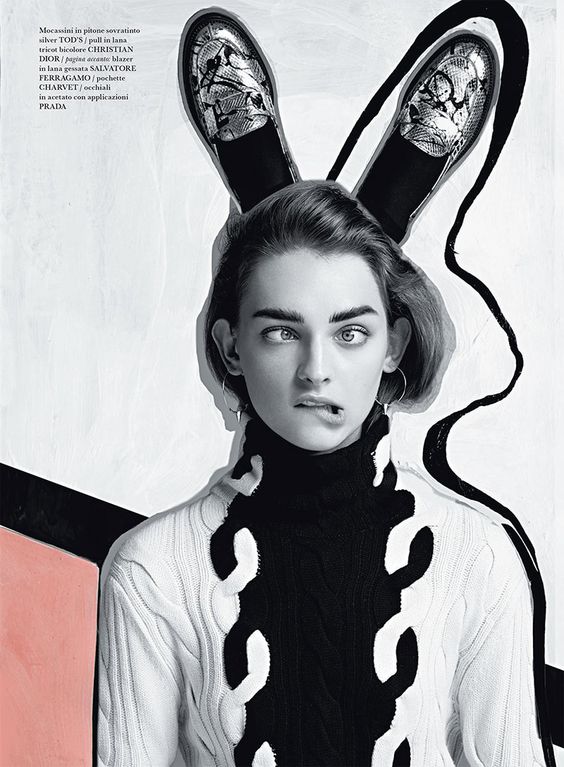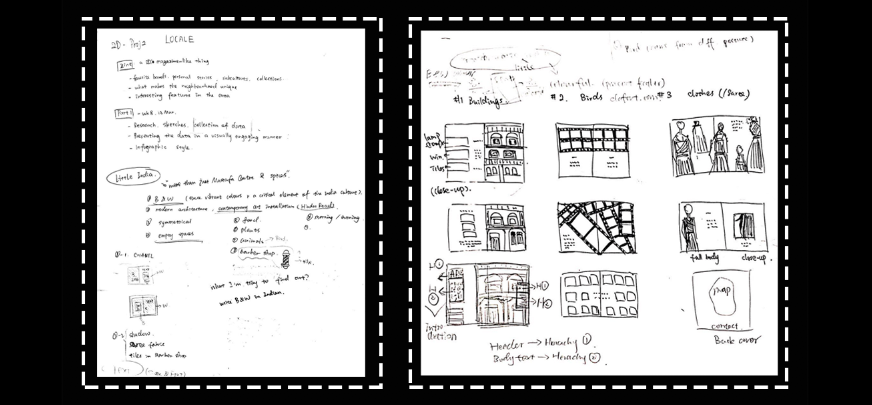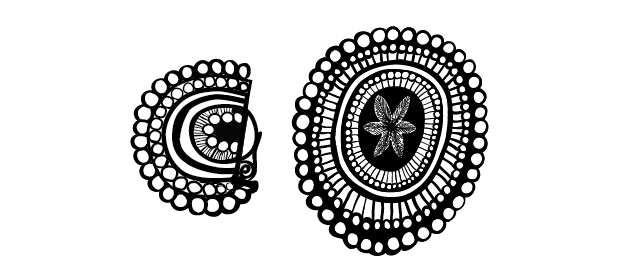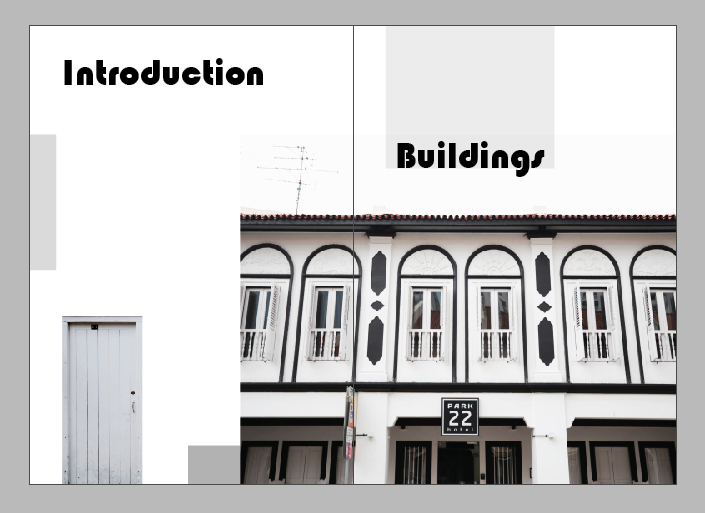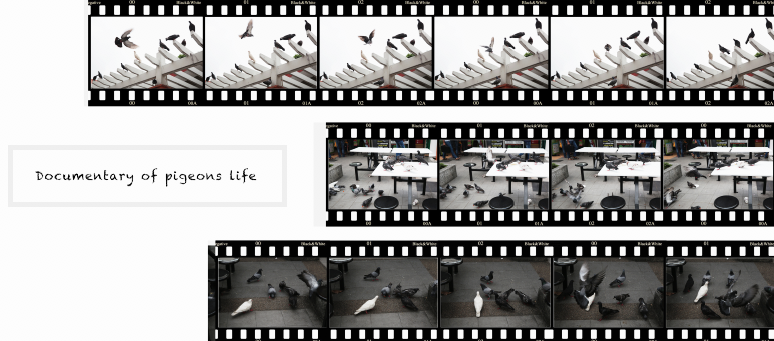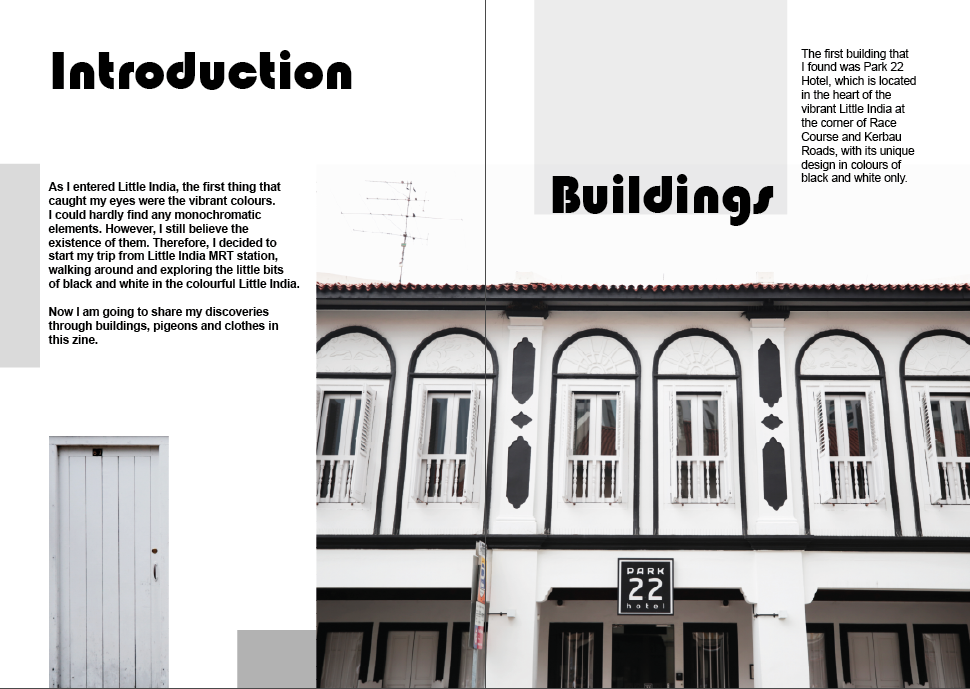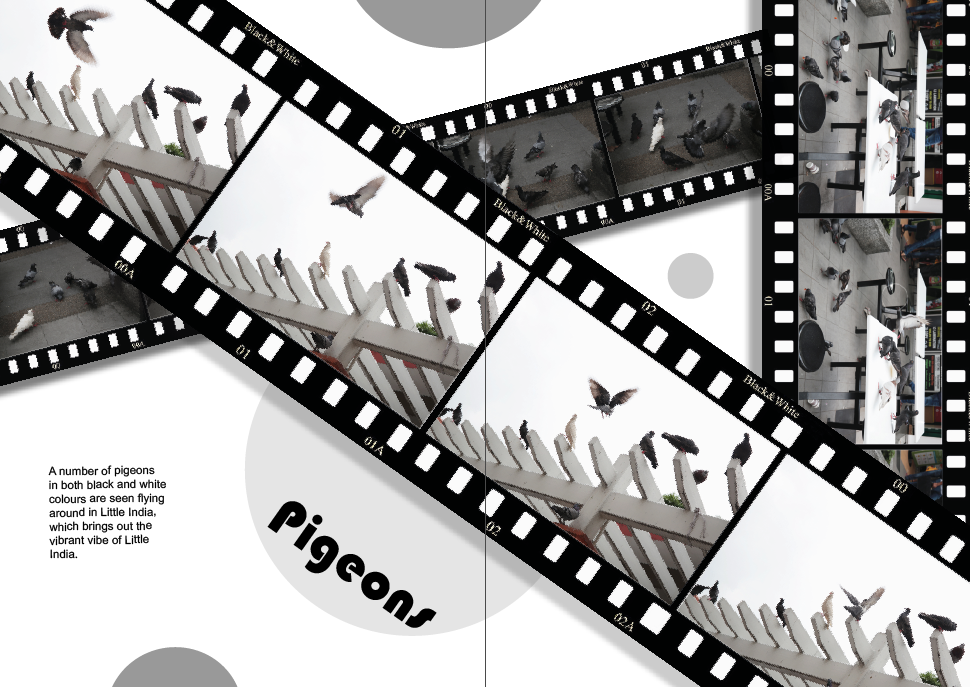An Abnormal Normal-modelled by Ong Jiaying

The design concept of this piece is based on the ideas of ‘normal’ and ‘abnormal’; ‘visible’ and ‘invisible’; ‘flexible’ and ‘inflexible’.
In the foreseeable future, there will be no return to the ‘old normal’ life. I believe that some of the habits that we have developed during the pandemic won’t go away completely, and not just the habits of working from home and Zoom meeting, in addition, such as robots and telemedicine are gonna be here to stay. Harvard experts say some of our adaptations have accelerated already existing trends, like the development of a cashless society, the increase in remote work, and the decline of brick-and-mortar retail. And, they expect, some of these will become a more permanent part of the post-pandemic’s ‘new normal’. So the main material of this outfit is linen bedsheets, to show the concept of WFH and some other new habits that we’ve developed at home during the pandemic. As we are doing more and more activities online, undoubtedly, digital tools need to be enhanced, and cybersecurity will also become a bigger concern than ever before. Therefore, the cage skirt and the mesh over the shoulder serve as a reminder of cybersecurity traps, making the hidden able to be seen. And those square shapes also symbolize the pixels, Similarly, when we are looking at the screen, the pixels cannot be seen unless we magnify them and make them ‘visible’ to the eye.

The technology part was done by incorporating LED strip lights. There is an ultrasonic sensor (proximity) placed at the chest area so that when someone gets closer or the wearer makes the gesture of waving to someone, lights would be triggered and then turn from red to green to blue, which are the RGB colours that we see on our laptop screen. In addition, these lights also signify the new age, which is all about celebrating freedom; celebrating life. The ‘cage’ period is coming to an end, a new chapter will start. Red can be associated with love and passion, green can represent a new beginning and growth, while blue is associated with tranquility and calmness. May next year will bring an end to this pandemic and the start of an ‘abnormal’ normal lifestyle in which we finally decide it is time to build a fairer, more inclusive, and sustainable society.
Process






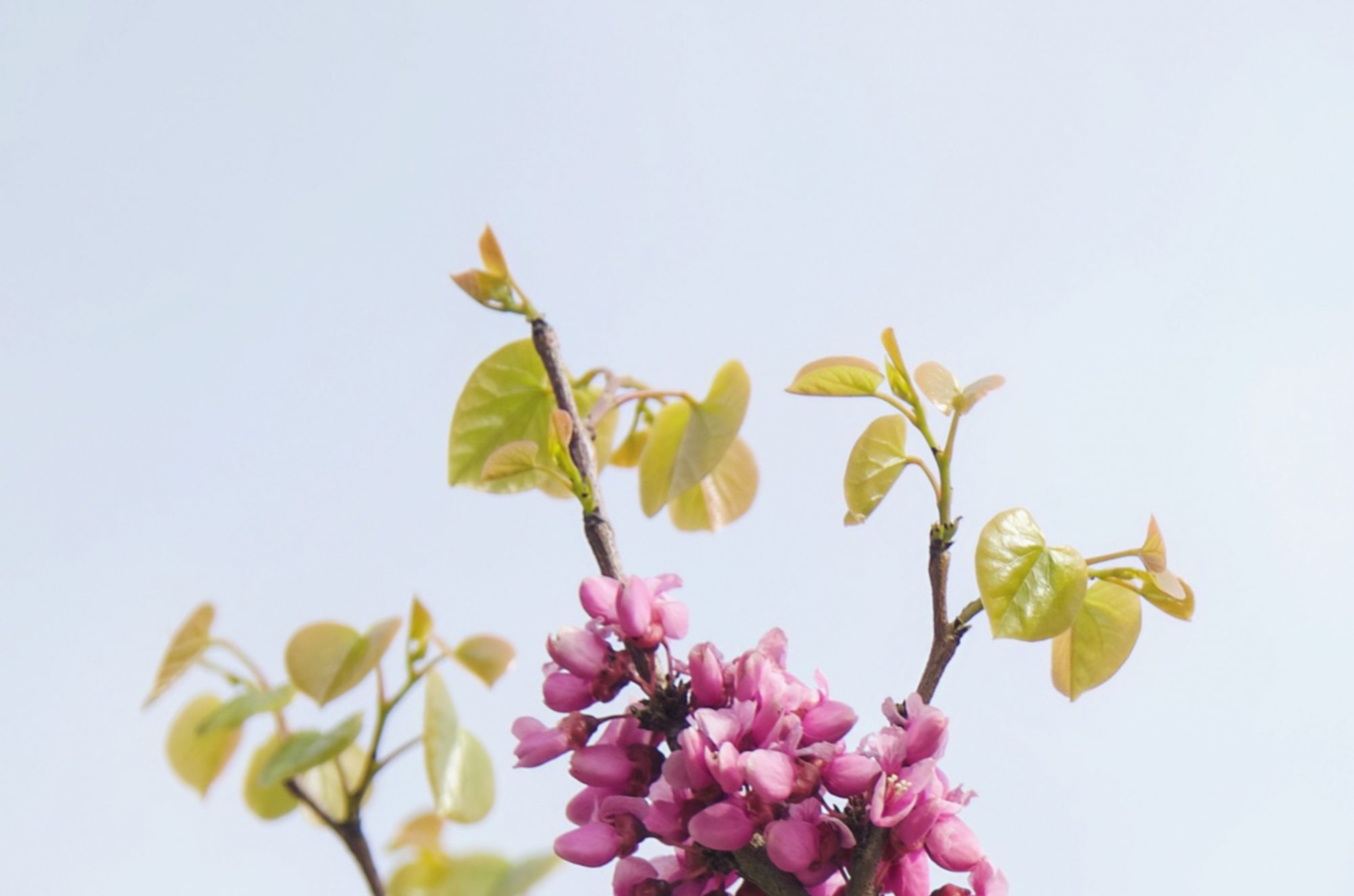








 The apertures on the surface of the dress are made in textiles added some stiffening material and can open and close in relation to how much sunshine the wearer is exposed to. UV sensors are put on the shoulder of the dress to detect the level of UV light. And some small motors operate a system of strings to
The apertures on the surface of the dress are made in textiles added some stiffening material and can open and close in relation to how much sunshine the wearer is exposed to. UV sensors are put on the shoulder of the dress to detect the level of UV light. And some small motors operate a system of strings to 

.jpg)

